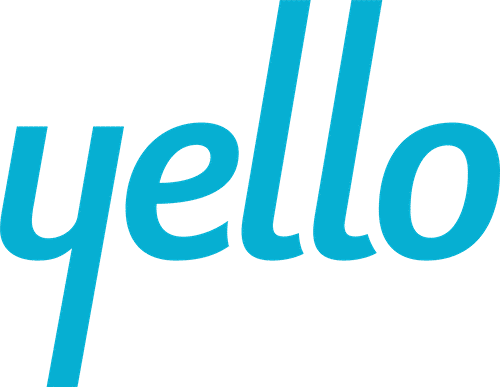Any good recruiter knows that building strong partnerships with hiring managers can greatly impact your hiring success. To find the most qualified candidates, it’s important to proactively work with the hiring team to understand the skill sets and job responsibilities for any given open position.
If you’re looking for ways to improve your quality of hire and speed up hiring decisions, focus on building a stronger recruiter and hiring manager relationship. Here’s how.
1. Ask specific questions:
It can be hard for a recruiter to find out exactly what a hiring manager needs in a new employee without asking prompting questions. Vague questions like, “Who are you looking for?” might be a great starting point, but won’t give you many hints about what to look for on resumes and during the interview process.
Instead, ask targeted questions that give you better insight into the open role and help you write a stronger job description. Here are a few to get you started:
- What skills and training are necessary for this role?
- What sort of educational and career background does your ideal candidate have?
- What are some personality traits you think are necessary to thriving on your team?
- What did the last person who held this job do best, and what could he or she have done better?
2. Get industry knowledge:
Understanding the intricacies of every position and department can be challenging. For each new open role, conduct basic industry research to look for comparable job descriptions at other companies. Take note of the requirements you see frequently, and research any terms you don’t know before meeting with your hiring manager. Knowing industry standards will help you have more productive conversations with both the recruitment team and job seekers, and will help you provide a more positive candidate experience by offering job requirements and employee benefits that exceed the norm.
3. Assess need vs. want:
Every hiring manager and recruiter wants to hire the perfect person for every job. However, setting stricter parameters can make finding that person more difficult. When job qualifications are too strict, you risk losing great candidates who may not have all of the skills on your wishlist, but still may be a good fit.
When a hiring manager gives you a list of qualifications, have a firm understanding of what is required versus what would be nice to have. Find out skills the candidate needs to bring to the role, and what can be learned during the onboarding process and beyond. This step will help you increase your applicant pool, and also help the hiring manager better understand what they really need in a candidate.
4. Set a timeline in advance:
Prior to kicking off the search, set a hiring timeline for each open position. While deadlines may fluctuate, setting a framework will keep your search top-of-mind amidst other business priorities. Set deadlines for hiring managers to provide feedback on a candidate and for extending an offer. Shared due dates will help keep time-to-hires short.
5. Set clear benchmarks:
With every requisition, make sure you have a checklist of specific items that make a qualified candidate, as well as a set of accomplishments you expect them to achieve within the first several months. Revisit these benchmarks throughout the hiring and onboarding process. Make sure everyone — the recruiting team, hiring manager, and new hire — is measuring success in the same way to ensure a positive transition through the recruiting funnel.
6. Follow up:
Check in with the hiring manager after every new candidate starts to gain feedback on the process and to find out how the candidate is doing. It’s a great way to create a partnership, and to learn how you can continue to work together.



